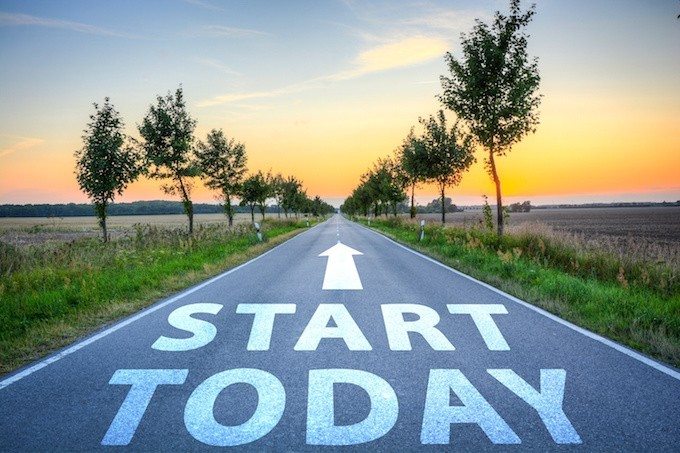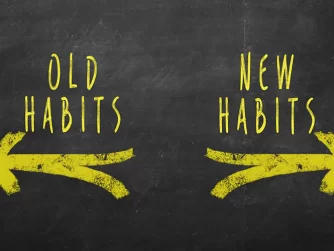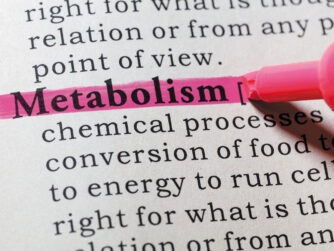I get it. I’ve heard it more times than I can count.
“I’m too old to get in shape.”
“My body doesn’t bounce back like it used to.”
“I’ve let myself go too long—it’s too late to change now.”
But let me tell you a secret, something I’ve learned through years of coaching people over 40, 50, even 60:
It’s never too late to start moving again.
And when you do? Everything changes.
The Day I Decided to Move Again
This isn’t just about my clients—it’s about me too.
There was a time when I stopped moving. Life got busy, priorities shifted, and “I’ll get back to it next week” turned into months. My energy was low, my sleep suffered, and I started to feel like a stranger in my own body.
But the turning point wasn’t dramatic. It wasn’t a New Year’s resolution or a fitness challenge.
It was a walk.
A simple 20-minute walk around the block. No pressure. No rules. Just movement.
And that one walk? It woke something up in me.
Movement Heals More Than You Realize
We often think about exercise in terms of weight loss or aesthetics. But movement is so much more than a means to burn calories.
Movement is medicine. It’s mental clarity. It’s emotional regulation. It’s a quiet, steady reminder that you are capable of change.
Here’s what started happening after I made movement a daily priority again:
1. My Mood Lifted—Fast
Within a week of moving regularly, my brain fog started clearing. I felt less anxious. My stress wasn’t gone, but I had a healthier way to manage it.
That’s not just anecdotal—science backs it up.
According to the Mayo Clinic, exercise releases endorphins, the brain’s feel-good chemicals. It also helps regulate cortisol, the stress hormone that’s often elevated when we’re burned out or overwhelmed.
Even a short walk can reduce symptoms of depression and anxiety—no fancy gym required.
2. I Slept Better
When you move your body, your sleep improves. That’s because physical activity helps balance your circadian rhythm and increases the amount of deep sleep you get at night.
I went from tossing and turning to actually feeling rested in the morning. And guess what? When you sleep better, everything else gets easier.
You make better food choices. You have more patience. Your body recovers faster. It’s all connected.
3. My Body Got Stronger, Not Just Leaner
Yes, I lost some fat. But more importantly, I gained strength and endurance. And that strength carried over into daily life: lifting groceries, climbing stairs, playing with my kids, feeling more grounded in my posture.
The key was consistency—not intensity. I didn’t need to crush myself with extreme workouts. I just needed to keep showing up.
The Mental Shift: From “Too Late” to “Why Did I Wait?”
So many of us carry the burden of believing it’s too late to change. We think we’ve missed our window or that the damage is done.
But the truth is, your body is always ready to heal when you give it what it needs.
Movement is one of the most powerful things you can do to feel better—physically and mentally. It gives you momentum. It helps you build confidence in your body again.
And confidence? That spills over into every area of your life.
How Movement Helps at Every Age
Here’s what the research tells us about regular movement, even when started later in life:
- Improved brain function and reduced risk of cognitive decline (Harvard Health)
- Lower blood pressure and cholesterol, reducing heart disease risk
- Stronger bones and joints, preventing osteoporosis and reducing arthritis pain
- Better blood sugar control, especially important if you’re managing diabetes or prediabetes
- Fewer aches and pains—motion truly is lotion
And perhaps most importantly: a renewed sense of control over your life.
You Don’t Have to Run a Marathon—You Just Have to Move
Starting doesn’t mean you need to join a bootcamp or follow a strict program. In fact, the simpler your start, the better.
Here are a few approachable ways to move more:
- Walk after dinner—10 to 20 minutes is enough
- Stretch in the morning to wake up your joints and improve circulation
- Dance in your kitchen—no rules, just music
- Do bodyweight exercises like squats, push-ups, or planks during TV commercials
- Try resistance bands or light dumbbells for at-home strength work
The key is to choose something you actually enjoy. Movement should feel empowering, not punishing.
My Favorite Client Story
One of my favorite clients started training with me at 62. She had never lifted weights before. The first time we met, she said, “I just want to be able to get off the floor without help.”
Today? She’s doing full push-ups, walks a mile daily, and plays with her grandkids with zero back pain. And she tells everyone she knows: “I thought I was too old, but I feel younger than I have in 20 years.”
That’s the power of movement. It doesn’t just change how you move—it changes how you feel about yourself.
Final Thoughts: It’s Never Too Late to Begin Again
If you’ve been on the sidelines, if you’ve felt like your body doesn’t belong to you anymore, or if you’ve believed the lie that it’s “too late,” let this be your turning point.
Start with one small action. One walk. One stretch. One decision to treat your body like it matters—because it does.
The first step might feel small, but it holds the weight of transformation.
You don’t need a perfect plan to begin. You just need to begin.
Because it’s not too late.
It’s exactly the right time.







